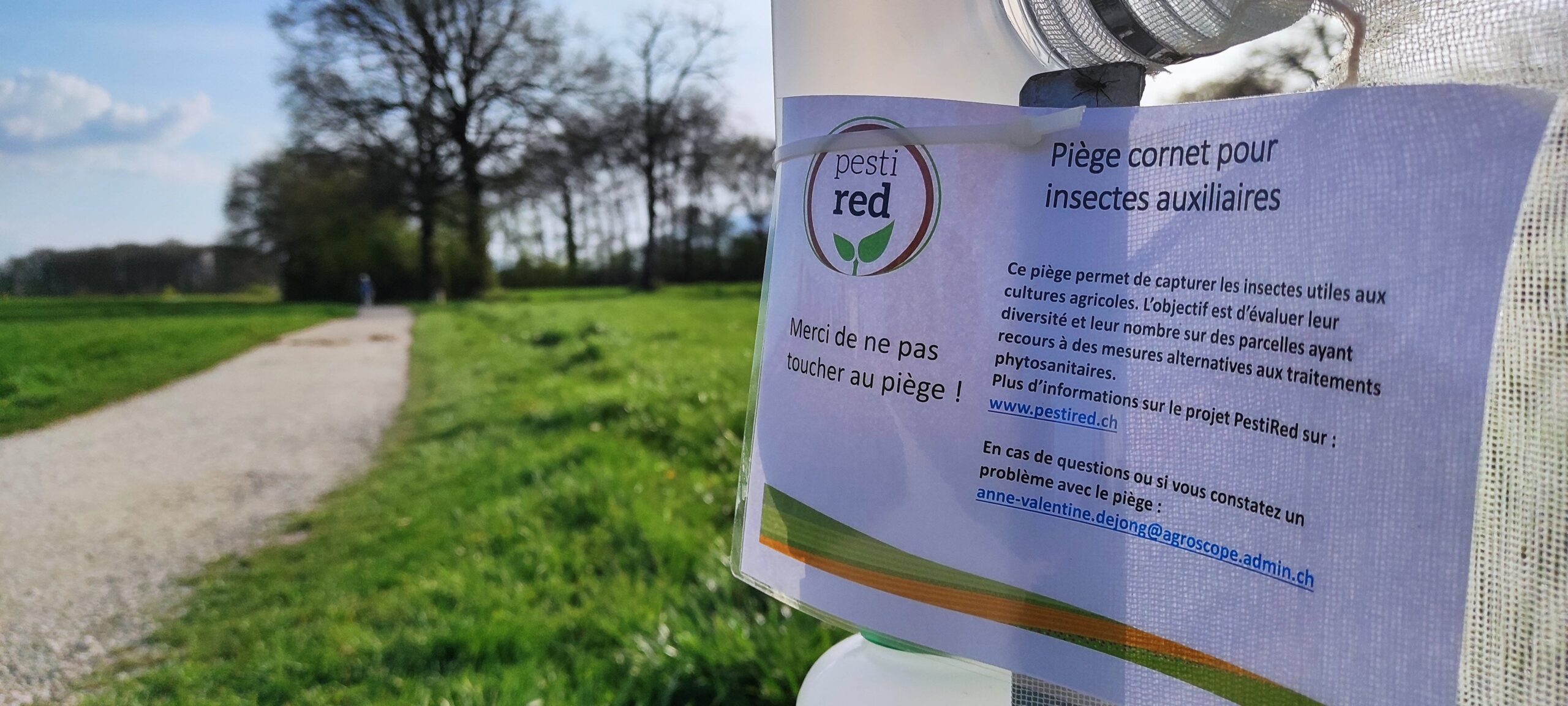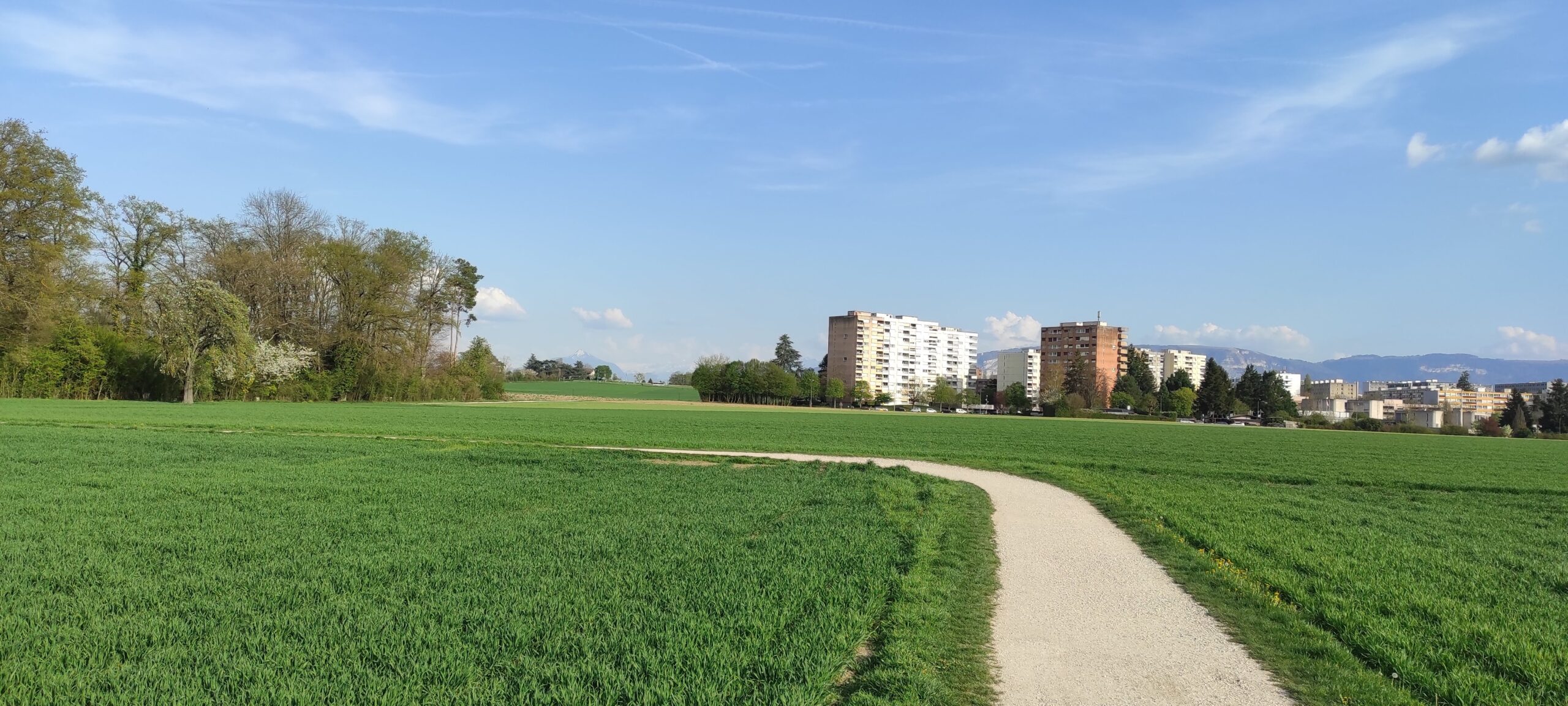At our 2022 Outdoor Sports Euro’meet, Professor Hans Bruyninckx the then Executive Director of the European Environment Agency highlighted that there are 4 key crises that humanity is facing:
- Climate change
- Biodiversity loss
- Human health degradation
- Unsustainable consumption
Within ENOS, we have developed a policy position paper on the European Green Deal with 10 chapters that relate to Green Deal policy areas. Chapter 2 of the paper is entitled “Be green, eat green, and support sustainable agriculture” and relates to agricultural policy and actions. Within this, ENOS is calling for a re-imagining of EU policies in relation to nature-rich buffer zones along river corridors and also agricultural field boundaries.
This may seem like a strange call from the outdoor sports sector, but this article will highlight why we believe that this call could make very significant contributions to three of the crises highlighted above.
Following the Covid-19 pandemic many citizens discovered the outdoors and especially water sports and activities with more people than ever access our waterways. Low cost craft such as stand up paddle boards, or sit on top kayaks have made water recreation more accessible, while no cost “wild swimming” has also significantly increased across Europe.
However, water quality (especially during low flow times) can be a problem for the use of such waterways and there have been increasing episodes of algal blooms often precipitated by nutrient enrichment in the water.
The creation of mandatory buffer zones on all waterways with appropriate native tree, shrub and pollinator planting can help to reduce and capture leachates of nutrients getting into the water course
However, such buffer zones can also significantly reduce erosion and silting and provide biodiversity rich corridors for wildlife across Europe. So they can reduce pollution and also support the significant need we have for increasing biodiversity.

As all of our communities (towns and villages) are located beside rivers for historical reasons of water abstraction and also transport, the development of trail corridors within these buffer zones can facilitate sustainable and zero carbon human movement to connect communities. Creating such biodiversity rich, green corridors that facilitate greater levels of physical activity have been clearly linked to improved physical and especially mental health.
There are a number of challenges to this as follows:
There is a relatively small loss of agricultural productive land and resultant loss of income to the farmer through farm payment schemes. This can be overcome through policy change to ensure that payments include such initiatives.
There are concerns over liability for landowners with respect to people being on their land. Again this can be overcome through member state legislation that protects and indemnifies the landowner from liabilities with respect to trails and associated trail furniture (stiles, gates and seating).
There are concerns about getting water through to livestock especially cattle. Again there are innovative solutions available such as cattle pumps that are extremely effective and require no power to facilitate them.
While the buffer zones along river corridors is a high priority there is also a great potential to create similar buffer zones along general agricultural fields with 15 – 20m of uncultivated land that can be for woodland or wildflower / pollinator corridor. Some of these can also include trails that connect communities. Again this brings people into greater contact with nature and also agricultural practices so can engender a better understanding and support for the sector.

This multi-faceted approach to increasing biodiversity aligned to protecting natural resources whilst at the same time supporting human health is an example of how joined up thinking could make the genuine impacts imagined for the Green Deal. This is a relatively low cost opportunity for providing significant changes that are required to transition to a greener and healthier Europe.
ENOS is currently working with other partners on the development of a policy position paper on trails and also are planning an event linked to European Week of Cities and Regions on this topic. We are aiming to bring together key stakeholders to discuss how such buffer zones can be developed but also how there can be better collaboration between the various policy makers for sport and physical activity, health, regional development, infrastructure and mobility and also agriculture and rural development.
Keep your eye on the website for more information…..

